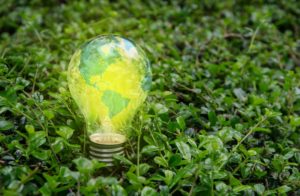PRODUCTS | LED | LINEAR FLUORESCENT | COMPACT FLUORESCENT | HALOGEN | INCANDESCENT | HID | OTHER
LED Lighting
Energy-saving, extended life, excellent color rendering for high quality lighting– LEDs are driving, even disrupting the status quo of the marketplace today. An excellent replacement for traditional incandescent, CFL and fluorescent lamps, more businesses are turning to LEDs for reliability, energy saving and sustainability for general service, directional, decorative lighting and other applications.
New Product Supplement Catalog with updated energy efficient options from Key Supply LLC
View PDF of All Products available through Key Supply LLC

LEDs offer a number of advantages over traditional light sources.
LEDs…
• Offer 80% energy savings over incandescents.
• Contain no mercury, lead or other hazardous materials.
• Turn on instantly.
• Are dimmable.
• Last up to 100,000 hours (100 times more than an incandescent!).
• Do not emit ultraviolet or infrared rays during operation.
• Operate cooler.
• Do not burn out (they become dimmer after their lifetime).
What are LEDs?
LEDs, or light–emitting diodes, are semiconductor devices that produce visible light when an electrical current is passed through them. LEDs are a type of Solid State Lighting (SSL).
How is LED lighting different than other light sources, such as incandescent and CFL?
LED lighting differs from incandescent and compact fluorescent lighting in several ways. When designed well, LED lighting can be more efficient, durable, versatile and longer lasting.
More about LEDs
LED lighting products use light emitting diodes to produce light very efficiently. An electrical current passed through semiconductor material illuminates the tiny light sources we call LEDs. The heat produced is absorbed into a heat sink.
Incandescent bulbs produce light using electricity to heat a metal filament until it becomes “white” hot or is said to incandesce. As a result, incandescent bulbs release 90% of their energy as heat.
In a CFL, an electric current flows between electrodes at each end of a tube containing gases. This reaction produces ultraviolet (UV) light and heat. The UV light is transformed into visible light when it strikes a phosphor coating on the inside of the bulb.




